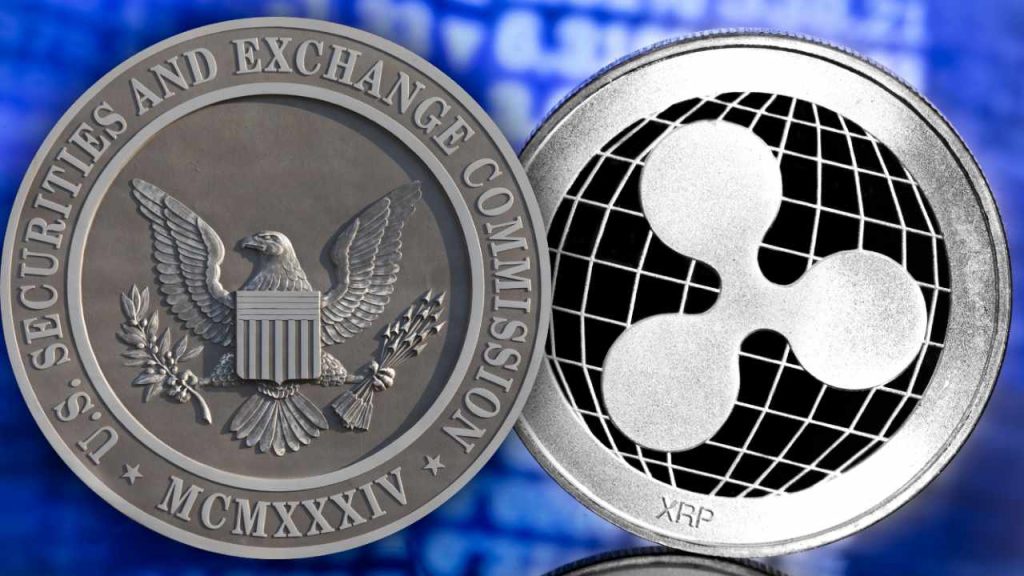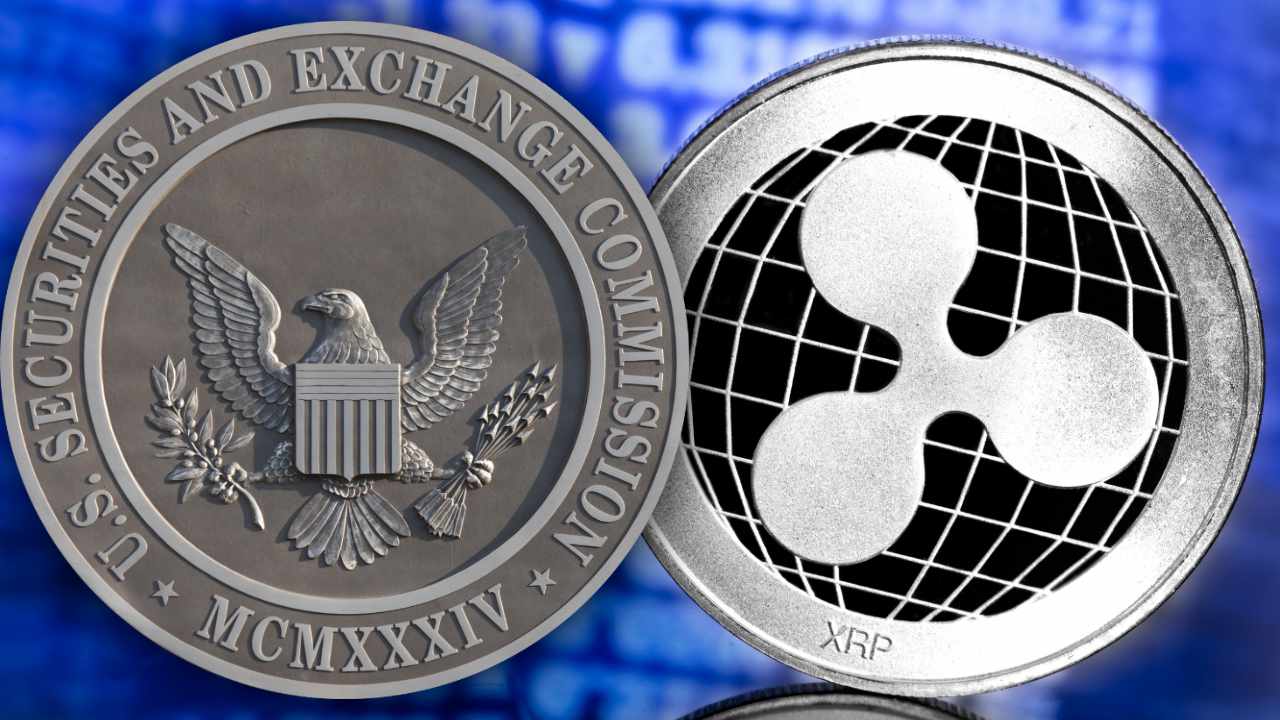
The Ripple vs. SEC legal battle has been a landmark case in the cryptocurrency world, with implications that extend far beyond the immediate parties involved. The case, which began in December 2020, centered on whether Ripple Labs’ sale of XRP constituted an unregistered securities offering. The U.S. Securities and Exchange Commission (SEC) argued that XRP was a security, while Ripple maintained that it was a cryptocurrency, similar to Bitcoin or Ethereum, and thus not subject to SEC jurisdiction. The case has had significant impacts on XRP’s market value, Ripple’s business operations, and the broader regulatory landscape for digital assets.
The recent developments in the case, including the judge’s denial of certain motions and the strategic withdrawal of appeals by both parties, provide valuable insights into the case’s outcome and its broader implications. Understanding these developments requires a closer look at the procedural and substantive reasons behind the judge’s decisions, the settlement developments, and the implications for Ripple, XRP, and the crypto industry.
The judge’s denial of Ripple and the SEC’s motions was rooted in procedural deficiencies and a commitment to preserving judicial integrity. U.S. District Judge Analisa Torres found that the joint request for an “indicative ruling” was “procedurally improper.” This decision underscores the importance of adhering to formal legal processes, especially in complex cases that set precedents in new regulatory environments. The judge’s refusal to grant early termination ensures that all elements of the case receive thorough and fair consideration, which is crucial for maintaining the integrity of judicial proceedings.
The procedural deficiencies in the motions filed by Ripple and the SEC highlight the challenges of navigating the legal system in the context of emerging technologies. The judge’s emphasis on following required legal protocols serves as a reminder that even in high-stakes cases, the court system prioritizes due process and transparency. This approach is particularly important in the cryptocurrency space, where regulatory frameworks are still evolving, and legal precedents are being established.
The judge’s decision also reflects a commitment to preserving judicial integrity. By rejecting motions that sought to end or alter the case prematurely, Judge Torres ensured that the case would not be resolved through informal settlements or expedited rulings. This approach is consistent with the judiciary’s role in safeguarding legal standards, even in the face of unprecedented technological disputes. The judge’s actions demonstrate that the court system is capable of handling complex cases involving new technologies, provided that all parties adhere to established legal procedures.
The broader trajectory of the case indicates that it is nearing resolution, as evidenced by Ripple’s voluntary withdrawal of its cross-appeal against the SEC and the SEC’s plans to withdraw its appeal. These developments suggest that a negotiated settlement is likely, with key points including a reduction of financial penalties and clarity on XRP’s classification. The absence of further appeals effectively cements XRP’s status as a non-security for most transactions, enabling Ripple to continue institutional sales and business expansion.
The reduction of financial penalties is a significant win for Ripple, as the initially proposed $125 million fine has been reduced to approximately $102.6 million. This reduction reflects the SEC’s willingness to compromise and acknowledges Ripple’s arguments regarding the classification of XRP. The clarity on XRP’s classification is also a major victory for Ripple, as it removes a significant source of uncertainty that has depressed XRP’s market value and adoption. With the legal shadow lifted, Ripple can focus on innovation and growth, while XRP holders can expect a more stable and optimistic market outlook.
The market’s response to the recent developments has been positive, with XRP’s price rallying sharply following announcements about the SEC dropping its appeal and Ripple withdrawing its cross-appeal. This price movement reflects investor confidence in the resolution of the case and the potential for XRP’s future growth. The end of legal uncertainty is a significant milestone for Ripple and the broader crypto industry, as it paves the way for increased institutional participation and innovation.
The conclusion of the Ripple-SEC case marks a watershed moment for Ripple and the broader regulatory landscape for digital assets. For Ripple, the case’s resolution allows the company to emerge with its business model largely intact, poised to expand institutional sales unrestricted by securities limitations. The settlement enables Ripple to focus on innovation and growth, rather than litigation, which is crucial for its long-term success.
For XRP holders, the resolution removes a significant source of uncertainty that has depressed the cryptocurrency’s market value and adoption. With the legal cloud lifted, XRP is poised for potential price appreciation, as some analysts forecast its potential to reach higher price targets over the next decade. The case’s outcome also provides a precedent for distinguishing digital assets that function as currencies rather than securities, which is crucial for the broader crypto industry.
The regulatory landscape for digital assets is still evolving, and the Ripple-SEC case has set important jurisprudence on defining cryptocurrencies vis-à-vis securities law. While questions remain for other tokens, Ripple’s victory provides a precedent for distinguishing digital assets that function as currencies rather than securities. This precedent is crucial for the broader crypto industry, as it provides clarity on how digital assets should be regulated and classified.
The case’s resolution also invigorates confidence in the crypto industry, as it demonstrates that legal certainty is achievable, albeit challenging. The evolving relationship between blockchain technologies and traditional regulatory frameworks will remain a central narrative for years to come, as market participants, regulators, and companies navigate the complexities of this emerging space.
Despite the positive developments, experts warn that full regulatory clarity for crypto remains evolving. The Ripple-SEC case, while landmark, did not resolve all ambiguities. Market participants, regulators, and companies must remain vigilant, as changes in SEC leadership and policy could reshape enforcement priorities or regulatory interpretations affecting future crypto projects. Additionally, lawmakers are increasingly interested in crafting definitive crypto regulations, which may supersede court rulings with statutory clarity.
Ripple, having cleared legal hurdles, is likely to accelerate partnerships, product rollouts, and integration with traditional finance, intensifying competition in the blockchain payment space. The company’s strategic positioning post-litigation will be crucial for its long-term success, as it seeks to capitalize on the clarity provided by the case’s resolution.
In conclusion, the Ripple vs. SEC legal battle has been a landmark case with far-reaching implications for the crypto industry. The judge’s refusal to entertain improper procedural motions underscores the judiciary’s role in safeguarding legal standards amid unprecedented technological disputes. The ultimate convergence toward settlement, with Ripple’s withdrawal of appeals and the SEC’s anticipated appeal dismissal, draws a close to one of crypto’s most significant legal dramas.
Ripple’s triumph in clarifying XRP’s status as a non-security, alongside a reduced financial penalty, provides a stable foundation for growth and innovation. For investors and industry observers, this outcome is a hopeful signal that legal certainty in crypto is achievable, though challenging, and that the evolving relationship between blockchain technologies and traditional regulatory frameworks will remain a central narrative for years to come. The case’s resolution is a historic turning point with lasting impact, setting a precedent for future regulatory clarity and industry growth.





